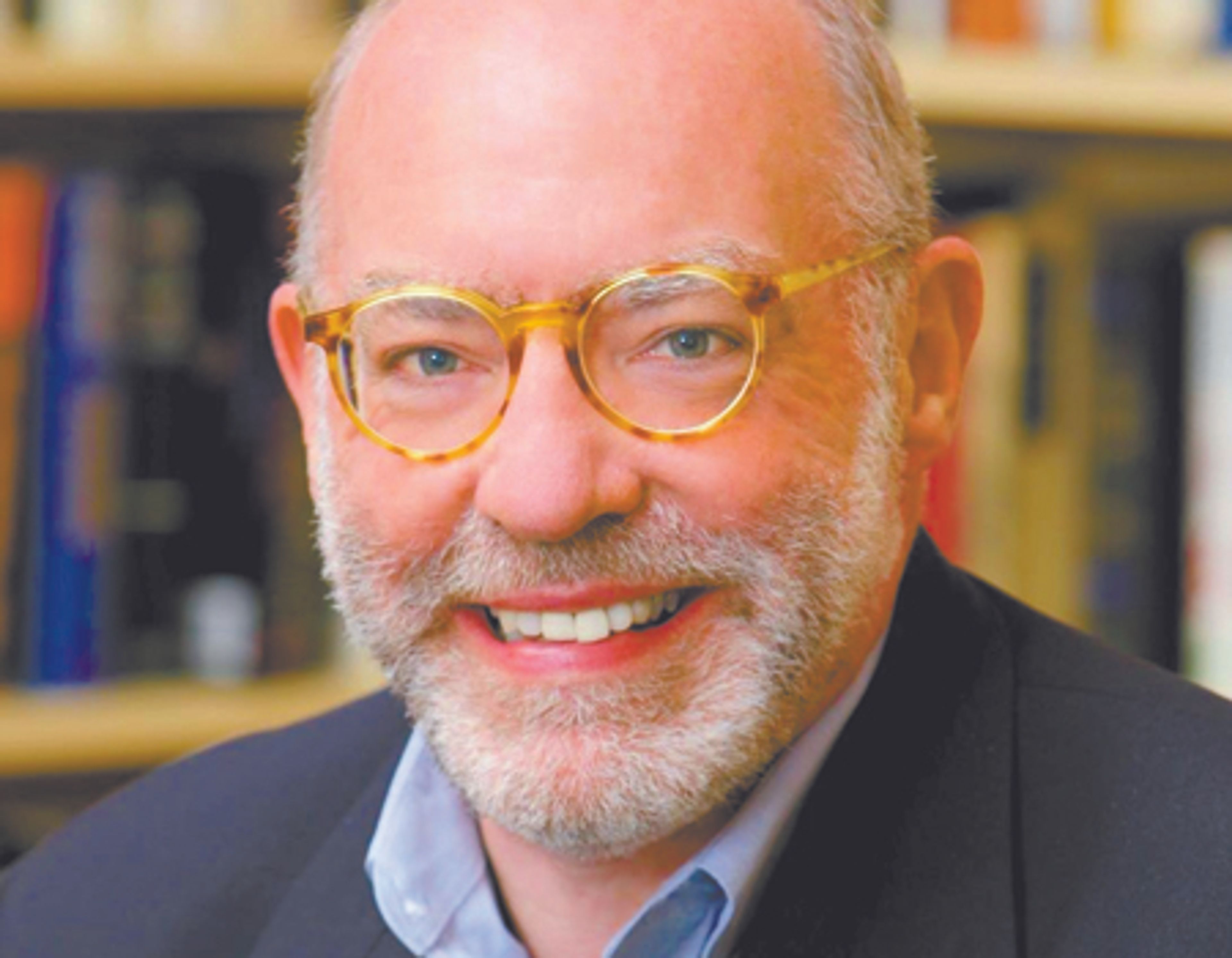Even without restrictions, COVID-19 continues
Guest Editorial: Another Newspaper’s Opinion
This editorial was published by the Everett (Wash.) Herald.
———
We seemed poised for irony. Just as we were nearing the date that the state’s pandemic restrictions were scheduled to be lifted, a high-pressure “heat dome” decided to squat above the Pacific Northwest, shooting temperatures to all-time-record-shattering highs, in many places above 100 degrees.
As Alanis Morissette snarled, “And who would have thought; it figures.”
And that heat did do its best to keep us indoors, seated in front of a fan with a cold drink in one hand and the remote in the other, and even shutting down some restaurant kitchens, but cooler — relatively — (falling) temperatures mean the state can move ahead with plans to return to normal for nearly all businesses and activities following more than a year of pandemic restrictions.
If you’re a little rusty on what “normal” is, let’s run through the basics:
Restrictions on capacity have been lifted for almost all businesses. Restaurants won’t have to rope off tables. Theaters, churches, bars, museums and the like can operate at full capacity. There are some exceptions. Indoor stadiums with seating for 10,000 or more remain limited to 75 percent capacity. And public schools — as the regular school year has ended but summer school starts up — will keep their precautions, including mask use and standards for hygiene, distancing and capacity limits.
If you’re vaccinated, you can stow the face masks. Dr. Umair Shah, the state’s health secretary, told Crosscut that the vaccines have been shown very effective and that the chance of a vaccinated person catching and spreading the virus is almost zero.
That’s not the case for those who have not been vaccinated, whether that’s a willful choice, for personal health reasons or because vaccines have yet to be OK’d for children younger than 12. Those folks — and those vaccinated but with compromised immune systems — are more than encouraged to continue wearing masks.
And at this point wearing a mask is a matter of self-preservation. The vaccines have proved to be so effective that the most recent deaths from COVID-19 are happening almost exclusively among those who have not been vaccinated. Of the 18,000 people in the U.S. who died in May, the Centers for Disease Control and Prevention reported, only 150 were fully vaccinated, less than 1 percent.
The growing prevalence of new variants in the nation and in Washington state, which are more transmissible, increases the potential threat to those who remain unvaccinated and also refuse to wear a face mask.
What this makes clear is that while the state’s restrictions are being lifted, this in no way means the threat from COVID-19 has disappeared or that the coronavirus pandemic is over.
Snohomish County, according to the Snohomish Health District, has seen the two-week rolling average of infections level off at an average of 69 cases per 100,000 residents for the second straight week, after dropping for seven consecutive weeks. That mark is vastly improved over peaks in December, January and March, but still above lower levels seen a year ago.
Likewise, Snohomish County is the proverbial glass — either half-full or half-empty — when it comes to vaccinations. Of the county’s 830,500 residents, 410,450 are fully vaccinated, a little less than 50 percent.
There’s some disagreement now over the concept of “herd immunity,” the point at which enough of a population has been vaccinated to assure a virus is contained. No firm percentage was ever settled on with COVID-19, but — certainly — 50 percent isn’t it. The campaign to encourage vaccinations must continue.
We can use that same optimist-pessimist glass to judge the success of our three-legged COVID-19 stool: vaccinations, pandemic restrictions and personal efforts to use masks and keep our distance. Early in the pandemic, one model predicted in June of last year that widespread use of masks and social distancing could hold the state’s pandemic death toll to 1,900 by that October. Instead, the state’s current COVID-19 death toll stands at more than 9,400 and is predicted to near 9,700 by this October. Nationally, the CDC reports more than 601,500 COVID-19 deaths. By this October, the U.S. could see as many as 949,000 deaths from COVID-19, according to the University of Washington’s Institute for Health Metrics and Evaluation.
Still, Washington state’s per-capita death rate is among the lowest in the nation. Currently, Washington has the sixth-lowest number of deaths per 100,000 residents, with 78 per 100,000. Hawaii has the lowest at 36; New Jersey, the highest at 298.
The end of our state’s pandemic restrictions and the go-ahead to get back to our lives are reasons to celebrate.
After bearing up under those limitations, living with curbs to our regular lives and barriers to relationships with friends and family, we can congratulate ourselves for limiting sickness and death to no more than what we have faced. But we should also remind ourselves that the glass is only half full.
We have to do better than half of us fully vaccinated.








